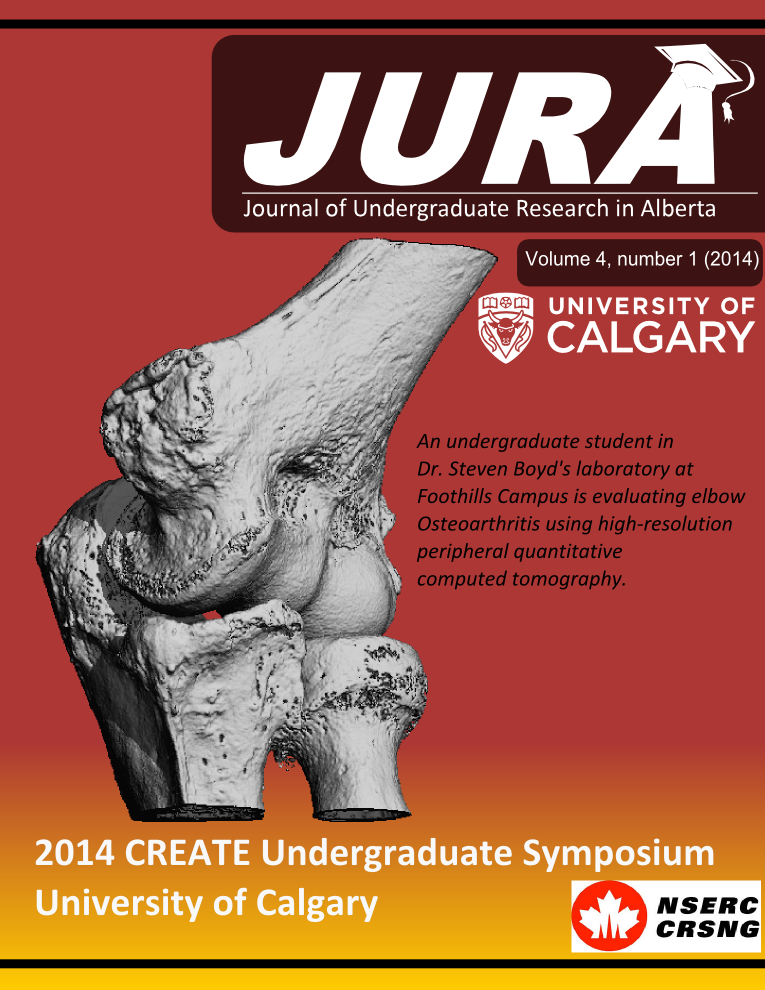CARTILAGE BOUNDARY LUBRICATING ABILITY OF PRG4 (LUBRICIN) MONOMERS AND MULTIMERS WITH HYALURONAN
Abstract
INTRODUCTION
Proteoglycan 4 (PRG4), or lubricin, is a glycoprotein that exists in synovial fluid (SF) as monomeric and disulfide-bonded multimeric forms [1,2]. PRG4 functions as a critical boundary lubricant on the surface of articular cartilage [1,3]. Hyaluronan (HA) is another lubricant that lubricates at a cartilage-cartilage interface alone, and synergistically with PRG4 to reduce friction levels near that of SF [4]. Previously PRG4-multimers (PRG4-multi) have been shown to lubricate considerably better than PRG4 monomers (PRG4-mono) using an in vitro cartilage-on-cartilage friction testing system [5]. However, it is unknown if the difference in structure of PRG4-multi/-mono affects the synergism with HA. Therefore, the objective of this study was to evaluate the cartilage boundary lubricating ability of PRG4-multi & PRG4-mono with HA.
METHODS
Samples: PRG4 was purified from media conditioned by mature bovine cartilage explants [4]. PRG4 multi-mono was prepared via size exclusion chromatography [5]. HA (1.5MDa) was obtained from Lifecore Biomedical.
Cartilage boundary lubrication: Lubricants of interest were assessed using a previously described in vitro cartilage-cartilage friction test [6]. Briefly, bovine osteochondral samples (n=8) were incubated with test lubricants overnight, compressed by 18%, allowed to stress relax then rotated at an effective velocity of 0.3 mm/s with pre-sliding durations (Tps) of 1200, 120, 12, and 1.2s. Phosphate buffered saline (PBS) and bovine SF served as negative and positive controls, respectively. All samples were prepared at a physiological concentration [4]; PRG4 at 450 μg/mL and HA at 3.33 mg/mL, in PBS. Test sequence: PBS, PRG4-mono+HA, PRG4-multi+HA, PRG4+HA, SF.
Static (μstatic,Neq) and kinetic (<μkinetic,Neq>) friction coefficients were calculated [4,6]. ANOVA was used to assess the effect of lubricant and Tps, as a repeated factor, on μstatic,Neq and <μkinetic,Neq>, with Tukey post-hoc on <μkinetic,Neq> at Tps=1.2s.
RESULTS
Cartilage boundary lubrication: PRG4-mono/-multi+HA, functioned as effective friction-reducing cartilage boundary lubricants. However, they did not lubricate as well as PRG4+HA or SF. μstatic,Neq values increased with Tps; they were highest in PBS and lowest in SF, with PRG4-mono+HA, PRG4-multi+HA, and PRG4+HA being intermediate. For clarity, <μkinetic,Neq> values at Tps=1.2s are shown since values at Tps=1.2s were within 13.0±2.7% of those at Tps=1200s. <μkinetic,Neq> values for PRG4-mono+HA and PRG4-multi+HA were similar (p=0.96). PRG4+HA and SF were similar (p=0.53). All other combinations were significantly different from each other (p<0.05).
DISCUSSION AND CONCLUSIONS
Previous studies have shown that PRG4-multi lubricates better than PRG4-mono [5]. However the results from this study show that PRG4-mono/-multi with HA lubricate in a similar manner. Interestingly, PRG4+HA lubricates better than PRG4-mono/-multi+HA, and close to that of SF. These differences could be due to a potential PRG4+HA “link molecule” [7] being purified from the PRG4-mono/-multi preparations.
Downloads
References
2. Schmidt T, et al. Bioch Biophys Acta. 5: 375-384, 2009
3. Jay G. Curr Opin Ortho 5: 355-359, 2004
4. Schmidt T, et al. Arthritis Rheumatol. 56: 882-891, 2007
5. Abubacker S, et al. Trans ORS. 2013
6. Schmidt T, et al. Osteoarth Cart. 15: 35-47, 2007
7. Flannery, et al. Trans ORS. 2010
Downloads
Published
Issue
Section
License
Authors retain all rights to their research work. Articles may be submitted to and accepted in other journals subsequent to publishing in JURA. Our only condition is that articles cannot be used in another undergraduate journal. Authors must be aware, however, that professional journals may refuse articles submitted or accepted elsewhere—JURA included.


